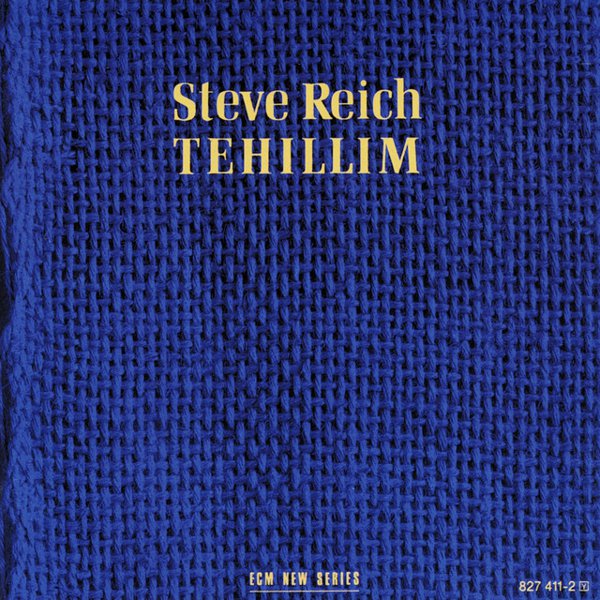The term “minimal” is commonly used to describe a variety of avant-garde art music styles that emerged in the late 1950s and 1960s. It came about in part as a reaction against the general trend in academic music during the first half of the century, which was towards atonality (especially in the form of serialism) and often abrasive difficulty – but it was also an organic development that arose from certain previous strands of the 20th-century avant-garde, including the experimental music of John Cage.
What is “minimal” about early minimal music varies from composer to composer, but there are certain common features: the first-generation minimalists tended to favor simple and consonant harmonies, repetitiveness (sometimes with the slow addition and subtraction of musical elements), length, and slow (if any) harmonic movement.
There is not universal agreement as to the first example of minimal music, but one might point to John Cage’s notorious 1952 composition 4’33”, a composition for piano composed entirely of rests. (The title refers to the amount of time it takes to “perform” the work.) Beyond the puckish humor behind the concept, Cage was also making a point about listening: the “music” of the piece came from the ambient sounds in the concert hall. Surely music could hardly get any more “minimal” than this – but instead of leading to a stylistic dead end, Cage’s radical experiments created conceptual space for other kinds of minimalism to emerge.
Three particularly important composers of this period adopted approaches that proved highly influential: La Monte Young (drones), Steve Reich (phasing), and Philip Glass (repetitive triadic arpeggiation). Young’s 1958 composition Trio for Strings makes extensive use of sustained tones, alternating with silence, and when played in its full version lasts roughly three hours. (He would later write a six-hour work for piano.) Many consider this the first work written firmly in the minimalist style. Unfortunately, recordings of Young’s music are quite hard to come by.
The early music of Philip Glass is most easily recognized because of his love of arpeggios – achieved by playing the notes of a chord (often a simple triad) in sequence. His opera Einstein on the Beach – one of the works that brought him to a mass audience – exemplifies this approach, but you also hear it in his 1968 work for solo violin titled Strung Out and in other pieces from the 1960s and 1970s. What was “minimal” about this music was both the harmonic vocabulary and the extreme repetitiveness of the music, which required a new kind of patience to enjoy.
Steve Reich’s music in the 1960s was also repetitive and harmonically slow-moving, but his approach was very different: during this period he was experimenting with “phased” structures – tape pieces like Come Out and It’s Gonna Rain took loops of spoken-word recordings and played them against each other, slightly altering the tape speeds so as to move the spoken phrases in and out of phase with each other, generating a constant but gradual rhythmic shifting. He would later adapt this technique to instrumental music with highly influential works like Piano Phase, Music for 18 Musicians, and the monumental Drumming. Reich’s music of this period was dense and complex, but minimalist in its relentless pulse and (especially) its harmonic vocabulary.
Other early minimalist composers include Terry Riley (whose In C is generally regarded as one of the first great examples of minimal music) and Moondog, and of course the boundaries around the minimal style are somewhat porous: the quiet and repetitive compositions of Morton Feldman are not far from the minimalist aesthetic, nor are the “deep listening” projects of Pauline Oliveros or the gamelan-based compositions of Lou Harrison. The groundbreaking work of the first-generation minimalists continues to exert a huge influence on art music today.











